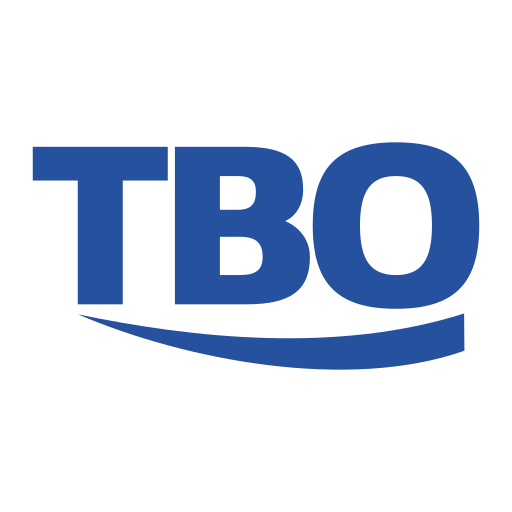
It’s an undeniable fact that most consumers in the United States tend to be wary of their health insurers. In large part, this is due to the fact that a lot of people feel that they don’t have control over many of the decisions involved with regards to their insurance. Generally speaking, most people still receive health coverage through their employer, who chooses the plan for them. This can make the end user feel as though they do not have any control over their own healthcare. Additionally, consumers have long been frustrated with the way insurers attend to inquiries and process claims. They often feel that they are being talked down to or given the runaround when they just want to complete a simple task.
With healthcare evolving at such a rapid pace and customer needs shifting along with it, it has become increasingly clear that healthcare payers must also re-evaluate how they create, build, and maintain their relationships with the people they serve. Leaning into modern health insurance technology can help immensely. Here’s how:
Technology Improves Insight
The health insurance industry is notorious for having a dismal track record when it comes to giving customers a positive experience. Members frequently feel disgruntled towards their payers, believing that their insurers only view them as policy numbers. They also feel that, though insurance companies do what’s expected of them, few offer personalized service that really puts their clients first.
Consumers nowadays expect the businesses they patronize to connect with them on a more personal level. This includes health insurers, especially since these organizations typically already have access to their members’ sensitive information. In addition to the services usually rendered by payers, members want the representatives of their insurance companies to also act as trusted advisors who can guide them towards making the best possible choices for their health while saving money. Earning patient trust in this manner requires insight, and technology can help.
Investing in modern health insurance solutions can help insurers understand their customers’ behaviors, needs, and values more granularly by collecting data from a wide variety of sources. From here, the company can develop a more personalized strategy for building a mutually beneficial relationship with the client.
Technology Enhances Customer Interactions
Modern customers grew up with technology and have made it an intrinsic part of their lives. With access to all the world’s knowledge at their fingertips, they’re experts at finding the answers that they need for themselves. However, they expect that particular process to go as smoothly as possible. When it comes to business interactions, they want the ability to do so from multiple channels, whether it’s over the phone or using their laptops or tablets. They also want the process of obtaining the information that they need to be fast, seamless, and aesthetically pleasing, if possible.
Technology makes it easier for insurers to both create and optimize multiple touch points that customers use to interact with their company. Those interactions can be further enhanced with the same insight gleaned from collecting and properly understanding vital customer information.
Technology Makes Raw Data More Usable
Healthcare is an industry that generates an abundance of data. Insurers frequently receive mountains of it, from electronic health records, patient histories, drug information, and much more. However, they need a way to not just efficiently reconcile all of this data—especially since most of it comes from multiple sources—but also to transform it into something usable and actionable.
Health insurance technology can also take care of what would otherwise be a complicated task. Most modern software solutions developed for the industry are equipped with powerful functions such as data mining, modeling, and data analysis. With systems like these in place, health insurers shouldn’t have a problem collecting all of the information they need. They usually are also flexible enough to accommodate additional external data, allowing insurers to combine it with what they already have to create an even more complete picture of the customer. Investing in predictive analytics can also help healthcare payers develop new products and offerings to better serve their clients.
Technology Facilitates Communication
Finally, one of the biggest pain points between health insurers and the people they serve is the language used to communicate certain industry concepts. This can further complicate what already is widely considered to be a complex relationship to start with. With the help of technology, though, health insurance companies can simplify their message and get it to their clients through the methods that they prefer.
Traditional modes of communication such as letters and phone calls will always have a place in business. However, leveraging social media and mobile communications is also an excellent way to disseminate useful, more easily-understood information to its customers. Health insurers should consider looking into creating a more visible presence on the most popular social media platforms, as well as on community forums, video streaming sites, and other digital avenues to improve their reach.
Photo by Negative Space from Pexels

